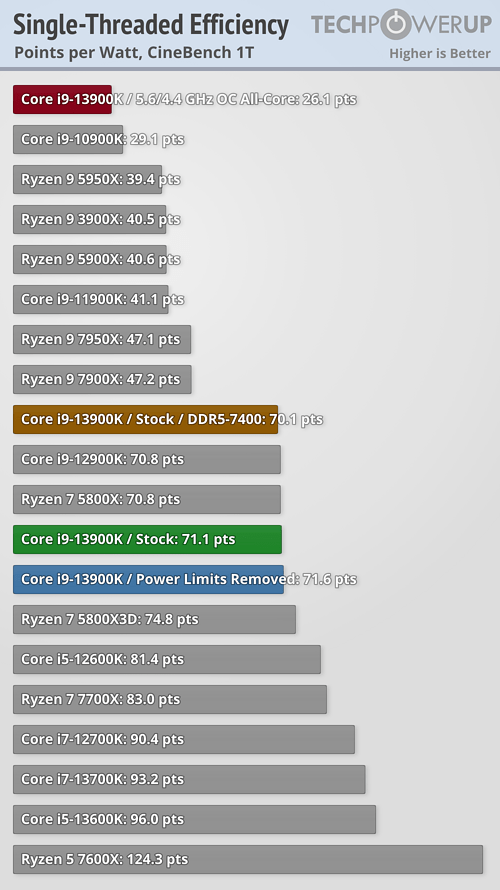My Sapphire RX 6700 XT uses between 18 to 20 watts in idle at 1 to 3% utilization. When using excel while running a movie with Media Player Classic, it stays at 20 watts. Utilization rises 4 to 5%. This is acceptable.
That's because you have a single monitor.
The 6700XT on dual monitor setups at idle has twice the power consumption of the 3060 Ti and 60% more than a 3080. It's literally 2.53X more than the 2060.
Here's the thing. I don't need dual monitors for games. I need them for work, which is 90%+ of the time on my PC. I don't even care about the power bill part, it's miniscule. But it heats up my home office. The PC / motherboard averages about 40W, but the GPU runs 35W. Even undervolted and underclocked, I can't get it below 30W. So that's almost 1/2 the power from my PC while working / essentially idle, and it raises my office temp about 4-5F.
My fault, not checking my use case in depth. But a weakness on AMD cards nonetheless.
h





